- Room 1807, Unit 9, Building 2, Shangxing Commercial Street, Shangde Road, Shangxing Community, Xinqiao Subdistrict, Bao'an District, Shenzhen City, China



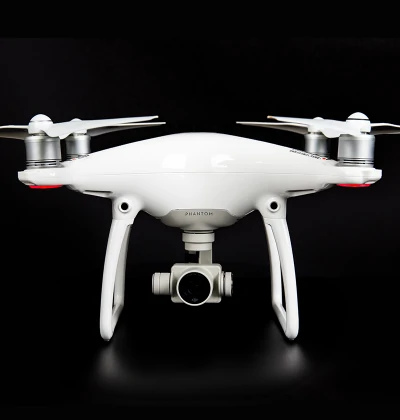
Aerospace & UAV
WJ Prototypes is your 3D manufacturing partner from prototype to large scale production.
Consumer Electronics
New Product Introduction Solutions for Consumer Electronics.

Robotics & Automation
Need some assistance bringing your robotic device or parts from the sketch-board to reality?
Medical Devices
The medical industry needs high quality, dependable and safe parts and products.
Automotive
New Product Introduction Solutions for Automotive
Industrial Machinery
The main purpose of industrial prototyping is to take the product from drawings into the real world.
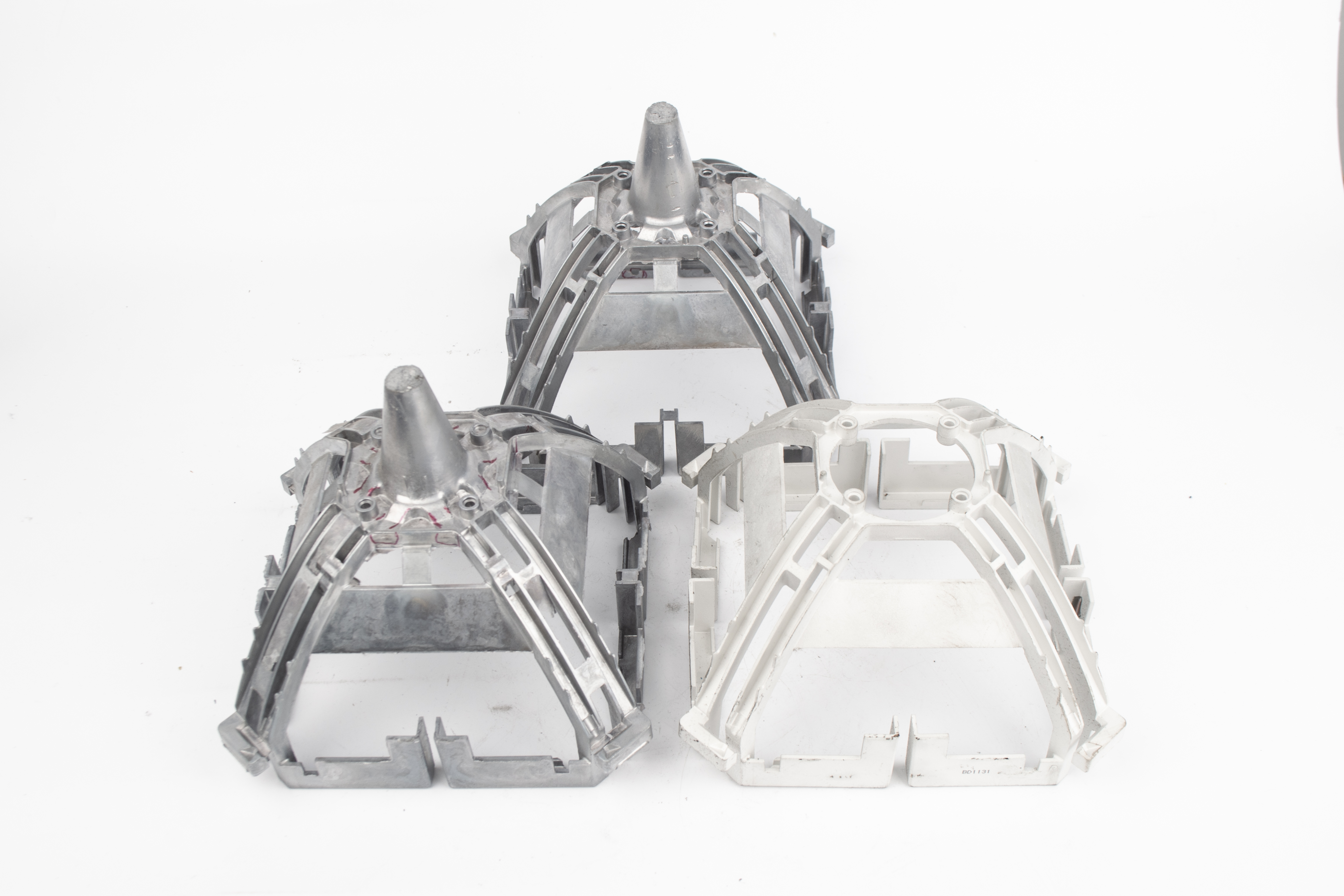
In the competitive world of manufacturing, understanding the pricing structure behind die casting parts is critical. As an industry expert, I have witnessed how various factors influence the overall cost of parts sourced from China. This article breaks down material costs, manufacturing processes, labor and operational expenses, logistics challenges, market trends, negotiation tactics, and quality compliance factors. With clear, actionable insights, learn how features like raw material selection, process nuances, and quality control affect your bottom line. Detailed examples and data points are provided to assist engineers, product designers, and decision-makers in planning projects and optimizing supplier relationships. Let’s dive into the key factors shaping the cost of die casting parts and explore strategies to optimize procurement.
Material selection is fundamental in determining die casting pricing. The properties of the chosen metal—such as its melting point, viscosity, and castability—directly impact processing temperature, casting speed, and the final product quality. Common alloys used include zinc, aluminum, magnesium, and copper. Each metal has unique characteristics that not only affect raw material costs but also influence design, durability, and overall performance.
Metals like zinc, with lower melting points, are more energy-efficient and thus less expensive. In contrast, aluminum and magnesium alloys may incur a higher price because of superior strength-to-weight ratios and better corrosion resistance. These factors also shape design requirements and durability. In high-performance sectors like aerospace or automotive, premium materials are often required despite their higher cost. Manufacturers adjust prices based on purity and specific alloy compositions, meaning even minor variations can cause significant price differences.
High-quality die casting materials reduce defects such as porosity and surface imperfections, lowering rejection rates and warranty claims. Although premium alloys cost more upfront, they yield better performance, longer service life, and increased process efficiency. Suppliers invest in advanced smelting and purification methods to meet international standards, and buyers in critical sectors—such as aerospace or medical—are often willing to pay extra for reliability and traceability.
Supply and demand heavily influence metal prices. Global trends, geopolitical events, and environmental policies can cause volatile price swings. For example, surges in automotive production may lead to aluminum or magnesium shortages, driving prices up. Disruptions like import restrictions also increase costs. Buyers often use long-term contracts or stock reserves to mitigate these risks and stabilize production costs.
Overcome the industry changes with expert help. Contact us through our contact us page
OR Email to info@wjprototypes.com
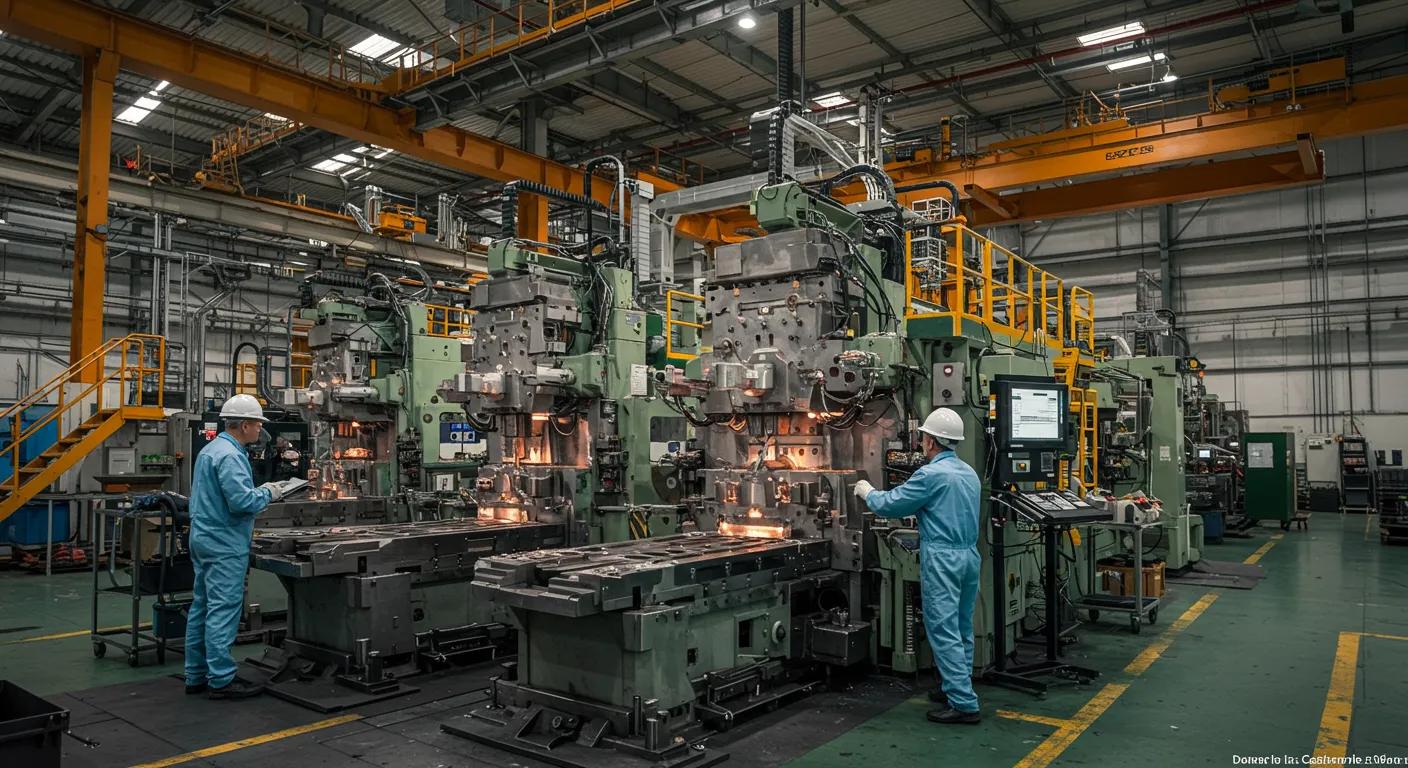
The manufacturing process is a significant cost driver. Whether using high-pressure die casting (HPDC) or gravity die casting, factors such as cycle times, tooling expenses, and product quality are directly affected. Process optimization, automation, and advanced machinery can lower unit prices for mass production, although initial investments are substantial.
China primarily uses high-pressure and gravity die casting. High-pressure die casting offers rapid cooling and fine finishes, ideal for intricate, high-strength parts, but requires expensive molds and maintenance. Gravity die casting, using natural force for metal injection, has longer cycle times but lower energy and tooling costs, making it preferable for lower production volumes. The chosen method must align with tolerances, complexity, and specific application needs.
Economies of scale are crucial. High production volumes spread fixed costs—like custom molds—across many units, reducing the cost per die casting part. In mass production, operational efficiencies improve, resulting in lower rejection rates and reduced waste. Volume discounts are commonly negotiated, and consistent production improves overall efficiency.
Tooling and mold design are large initial investments. Complex designs require specialized machining and high-quality materials, increasing expenses. However, well-designed molds facilitate better metal flow and cooling, reducing cycle times and defects. Advanced techniques, such as conformal cooling channels, extend tool life. Even modest improvements in design can yield significant cost savings over time.
Labor and operational costs are key price determinants. Although wages in China have risen, they remain competitive compared to Western markets. Operational costs include skilled technician wages, machine maintenance, facility operations, and quality control measures.
China’s labor costs are generally lower than those in Western nations, partly due to a large skilled workforce and supportive industrial policies. Even with rising wages, advancements in technology and government incentives help keep overall costs competitive. Automation and efficient production systems further offset higher labor expenses.
Efficiency gains come from modern automation, lean manufacturing practices, and rigorous maintenance schedules that reduce downtime and energy waste. Investment in predictive maintenance and strategic facility layouts maximizes throughput and minimizes waste. Improvements in energy management—such as optimized heating and cooling cycles—directly reduce utility and operational expenses.
Robust quality control minimizes scrap and rework costs. Multi-stage inspections—from raw material checks to post-casting evaluations—help ensure products meet specifications. Although stringent quality protocols may marginally increase unit costs, these are generally offset by lower warranty claims, reduced rework, and longer product lifespans.
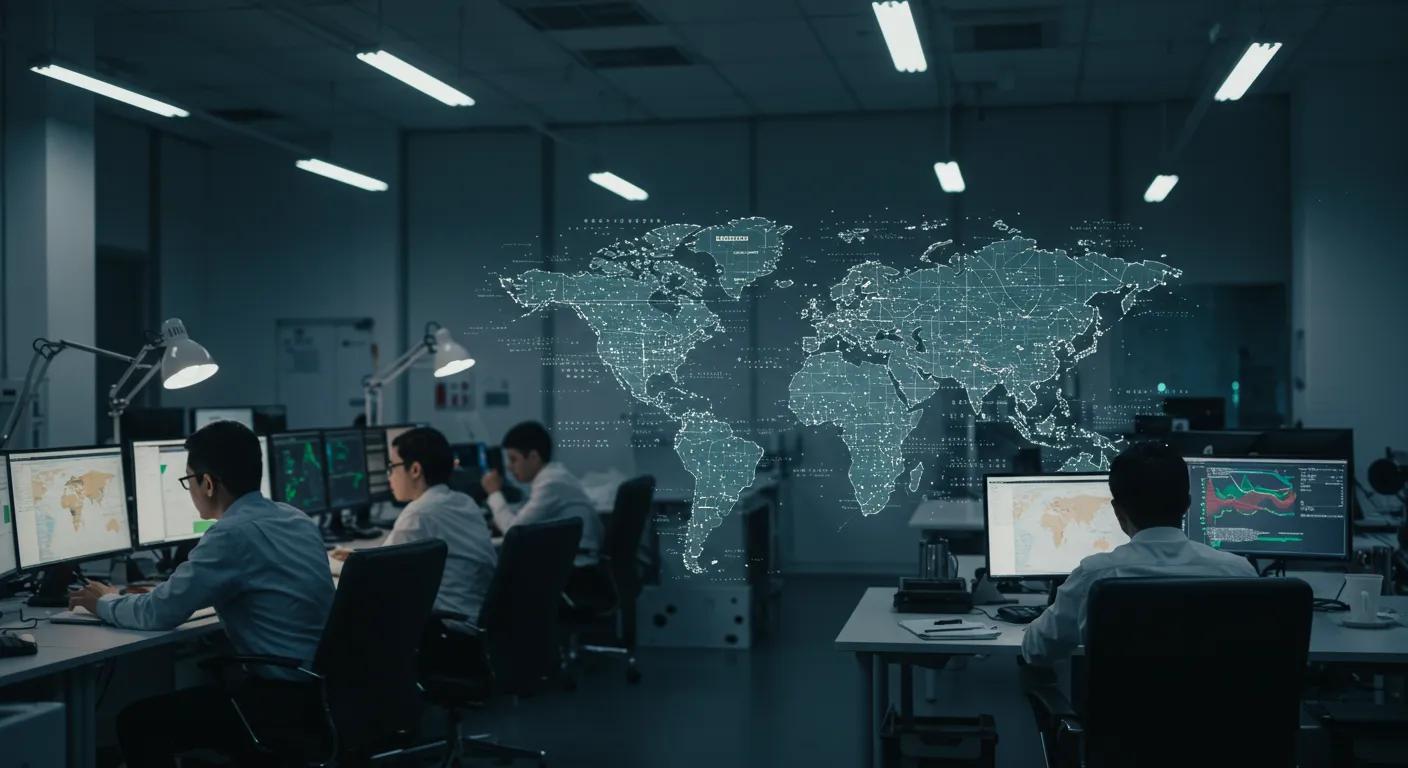
Logistics and supply chain issues are integral to final pricing of die casting in China. Transportation, customs regulations, shipping, and storage fees all add to the overall cost. Efficient, reliable supply chain management is essential, as delays or disruptions can increase expenses and impact productivity.
Shipping costs vary by destination, volume, weight, and transport mode. Sea freight is most common for large shipments due to its lower cost per unit, despite longer lead times. Air freight is used for urgent orders despite higher costs. Consolidated shipping and freight forwarding options can help reduce overall expenses, especially for large orders.
Import duties and taxes are critical components of landed costs. Tariffs vary by country, trade agreements, and product classifications. These additional costs can be managed through optimized shipment volumes or duty drawback programs, where portions of taxes paid can be reclaimed. Buyers must factor these costs into overall pricing strategies.
ALSO READ: USA Tariff Changes vs Manufacturing in China
Lead time—the interval between order placement and receipt of goods—affects die casting pricing. Short lead times often incur expedited production and shipping expenses, while longer lead times allow for optimized production runs and cost savings. In industries where timing is critical, such as automotive and aerospace, buyers may accept higher costs for shorter delivery times. Efficient management of lead times is a critical negotiation lever.
Overcome the price increase with expert help. Contact us through our contact us page
OR Email to info@wjprototypes.com
Broader market and economic conditions also shape die casting pricing. Global trends, currency fluctuations, raw material market conditions, and competitive pressures impact pricing decisions. Economic indicators like inflation and interest rates, along with overall demand for manufactured goods, influence supplier pricing strategies.
Fluctuations in the Chinese Yuan against major currencies, such as the US Dollar and Euro, directly affect die casting production costs. A stronger Yuan can lower costs for foreign buyers, while a weaker Yuan may increase prices. Companies use hedging strategies to mitigate these risks, though this can add additional expense.
Global market trends in raw material prices drive cost changes in die casting parts. Geopolitical factors, trade policies, and environmental regulations can create volatility in the prices of metals like aluminum or zinc. Suppliers monitor these trends closely to adjust production schedules, contract pricing, and inventory levels accordingly.
A competitive supplier landscape in China drives manufacturers to optimize production and control die casting costs. Suppliers investing in advanced equipment and process improvements can command premium pricing, while high-volume, low-cost producers offer more competitive rates. This competition gives buyers options when balancing quality, delivery, and cost.
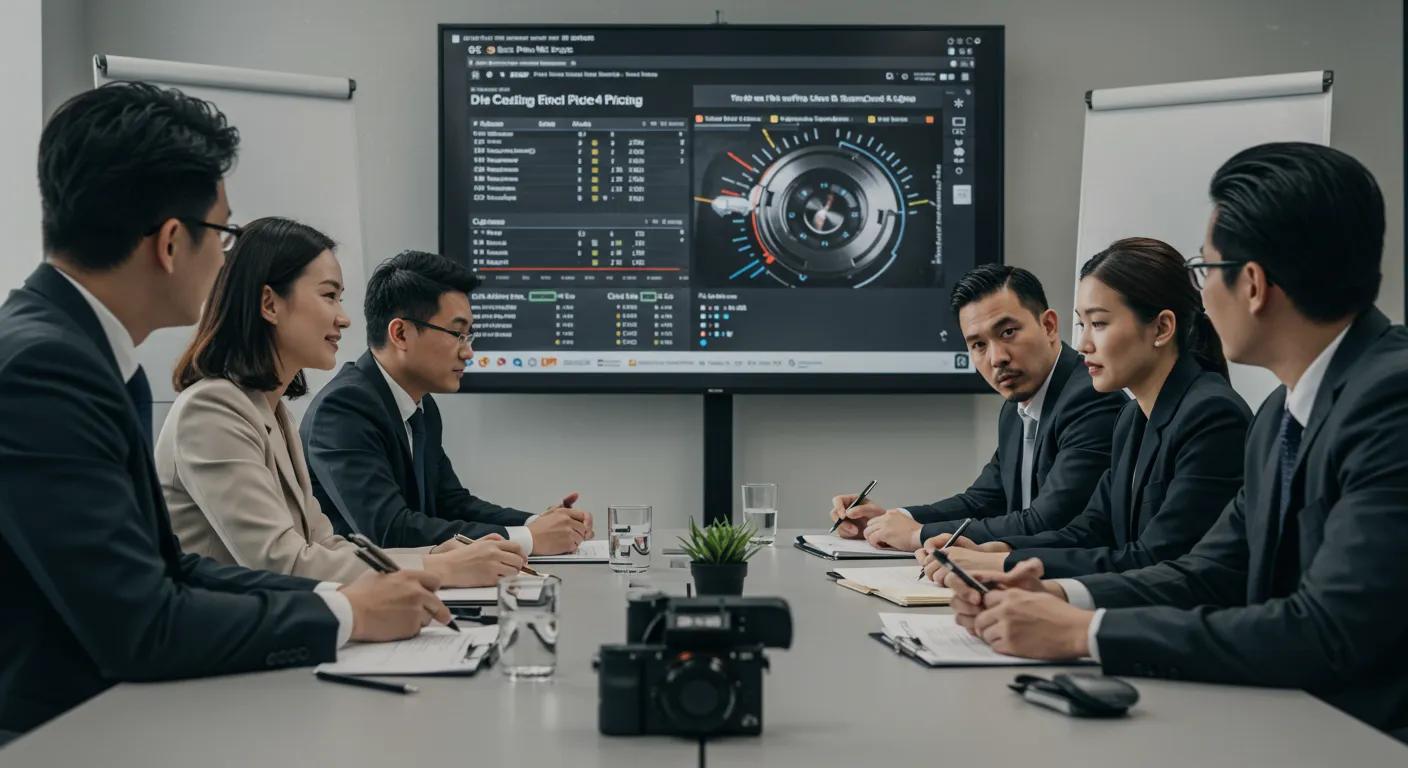
This is very important part in controling cost of die casting services. Effective negotiation is essential for securing competitive pricing. Buyers should engage directly with suppliers, ask for detailed cost breakdowns, and seek transparency in pricing structures. Understanding the factors that drive costs provides leverage during negotiations. Dealing with manufactures like WJ Prototypes helps you to avoid any additional costs from the middle traders.
Cost Savings:
Buying directly from the manufacturer can often lead to lower prices because you're eliminating the markup added by retailers and distributors.
Customization:
Direct dealings with the manufacturer may allow for more customized products or services tailored to your specific needs.
Improved Communication:
Direct communication with the manufacturer can lead to clearer understanding, faster responses, and better overall service.
Building Relationships:
Direct purchasing can foster a stronger, more direct relationship between the buyer and the manufacturer.
Directly Deal With The Manufacturer. Contact us through our contact us page
OR Email to info@wjprototypes.com
Buyers should inquire about the breakdown of raw material versus operational costs, the impact of different casting methods, and potential volume discounts. Questions regarding lead times, shipping terms, and quality control measures are also crucial. Detailed cost transparency helps identify opportunities for design adjustments and process optimizations that can reduce overall expenses.
Simplified part geometry and reduced complexity can lower production cycle times and tooling expenses. Adjustments such as fewer undercuts or optimized wall thickness can extend mold life and improve production efficiency. Collaborative design solutions with suppliers often reveal opportunities for cost savings without compromising performance.
Building strong, long-term relationships with suppliers can result in preferential pricing for your die casting services and parts, improved technical support, and better contract terms. Suppliers are more willing to invest in process improvements and offer innovations to committed buyers. Consistent business leads to advantages such as group discounts and enhanced service reliability over time.
Quality and compliance are vital in minimizing risks and ensuring product performance. Compliance with international standards such as ISO 9001 requires investment, which is reflected in higher initial prices, but yields benefits in reliability and reduced risk of defects or recalls.
Adhering to international industry standards ensures that parts meet rigorous performance and safety criteria. This compliance involves significant investment in specialized equipment, training, and process validation. Although these costs may raise initial prices, they are offset by improved credibility and a lower risk of product failure in critical applications like aerospace and medical devices.
Ensuring compliance minimizes the risk of recalls, warranty claims, and regulatory penalties. A strong quality management system offered by companies like WJ Prototypes leads to greater consistency and lower operational costs over time. This reliability is a strategic advantage, reducing long-term risks and supporting stable supplier relationships.
While rigorous quality assurance processes increase production costs, they reduce defects and costly returns. Investments in systematic inspections and real-time monitoring foster long-term reliability, allowing customers to justify a premium upfront to benefit from reduced lifecycle costs.
A: Fluctuations change the base price of metals due to shifts in global supply, demand, and market conditions. Buyers often mitigate these effects with long-term contracts or bulk purchasing agreements.
A: Yes, simplifying geometries and reducing complexity lowers tooling and operational costs, resulting in decreased unit pricing while maintaining quality.
A: High-quality materials improve durability and consistency. Though they cost more initially, benefits such as reduced defect rates and longer service life lower overall expenses.
A: Modern automation and lean techniques minimize downtime and energy usage, enhance productivity, and lower unit costs.
A: Shorter lead times can increase costs due to expedited production and shipping, while longer lead times allow manufacturers to optimize processes and reduce expenses.
A: Shipping and handling fees, plus import duties and taxes, contribute significantly to landed costs. Buyers should negotiate favorable terms and plan shipments to manage these expenses.
A: They yield preferential pricing, stable product quality, improved technical support, and often lead to joint cost-saving innovations.
Die casting parts pricing in China is influenced by a multifaceted interplay of material properties, manufacturing methods, labor and operational costs, logistics challenges, and broader economic factors. Buyers who carefully evaluate these aspects and engage in transparent negotiations can balance quality with cost efficiency. Understanding each production element—from raw material selection to compliance—empowers buyers to secure high-performing, cost-effective die casting parts while building long-term supplier partnerships.
Directly Deal With The Manufacturer. Contact us through our contact us page
OR Email to info@wjprototypes.com